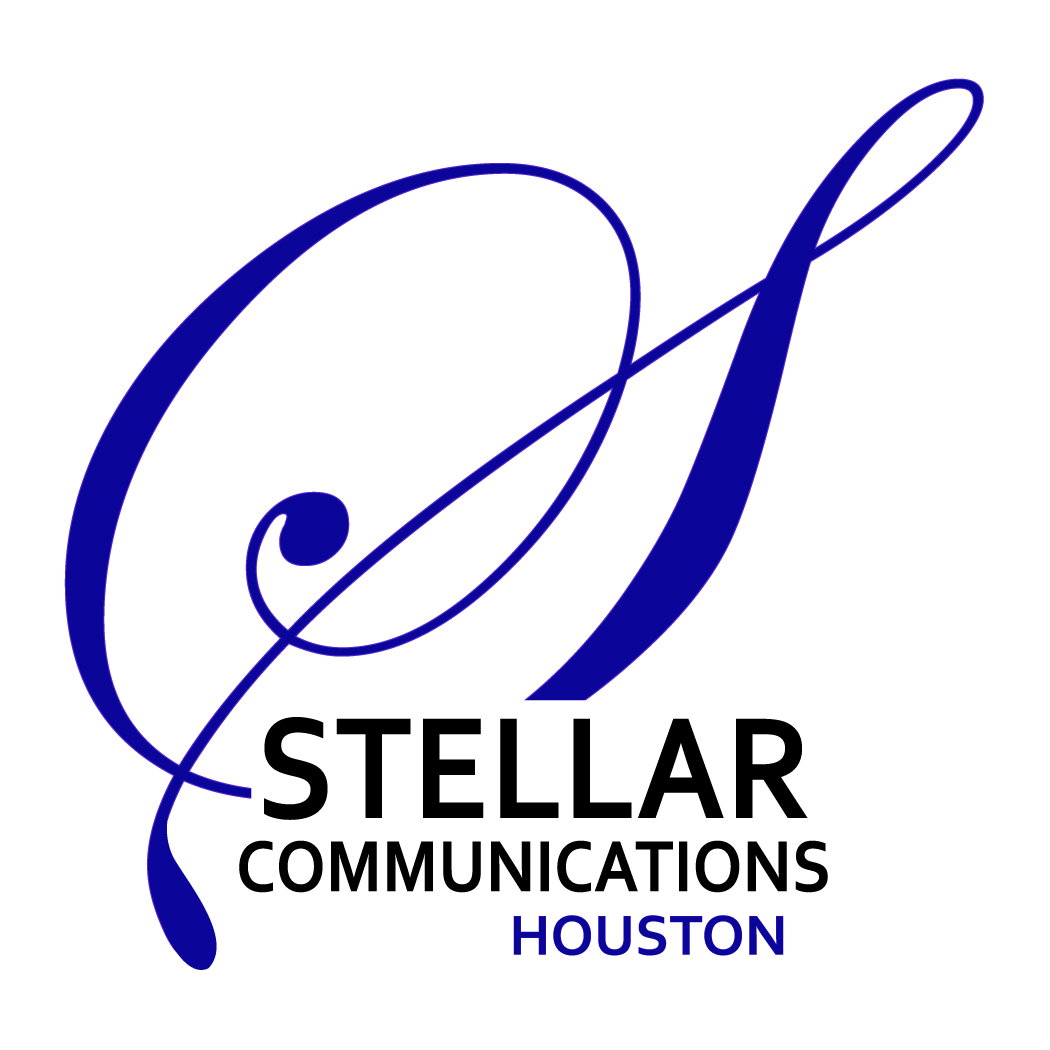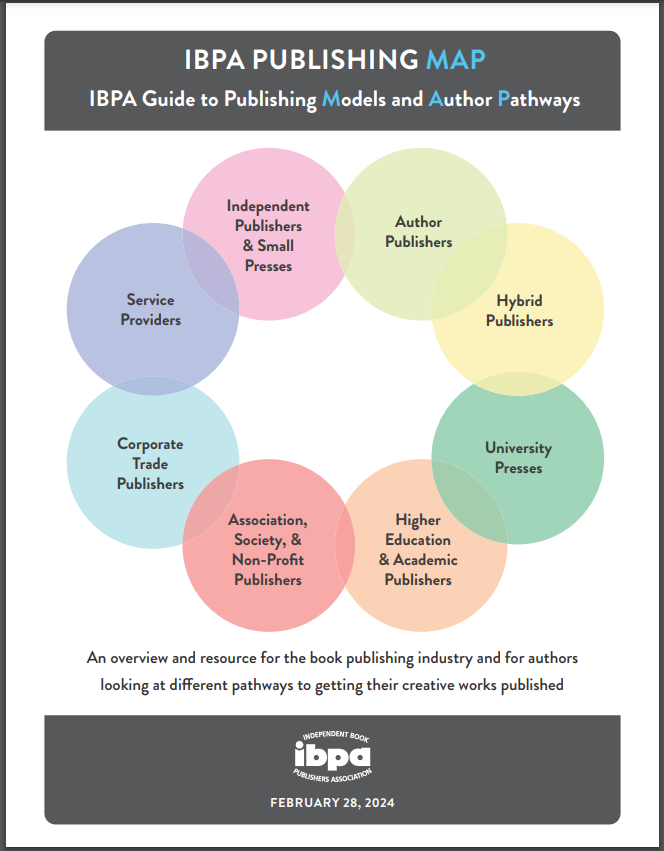My son graduated from high school last month. When we met in the stadium parking lot afterward, he bear-hugged me for a long time. To say I’m on cloud nine is an understatement.
I’m excited about his future. The possibilities! It feels so wide open.
He’s planning on attending a trade school in College Station, Texas, to become an electrician. A master electrician, he’d correct me if he were here. His face lights up at the thought. He’s sure, ready, excited.
I love his confidence in his new adventure.

Graduation joy
That’s the confidence I want for every author looking to publish a book.
Nonfiction book publishing is like the classic Choose Your Own Adventure series. You can pick from several worthwhile pathways to arrive at your favorite ending.
Unfortunately, we’ve heard from many authors throughout the years who consider publishing anything but a great adventure. They don’t feel any sense of clarity or control. Some are staring uncertainly at their options while others are disappointed and disillusioned with their publishers.
It’s time to restore joy and confidence in nonfiction book publishing. Let’s take a look at the two publishing pathways for which I get the most questions. I’ll mention the pros and cons of each – plus how to pick the right publisher for you.
(Also, scroll down for a fun social media opportunity!)

Traditional publishing
This was the primary way authors were published for decades before self-publishing became a mainstream alternative.
Traditional publishing includes corporate trade publishers. The “Big 5” corporate trade publishers are Hachette Book Group, HarperCollins Publishers, Macmillan Publishers, Penguin Random House, and Simon & Schuster. Each publishing house has many imprints, or subsidiaries. For example, HarperCollins has more than 120 imprints, including Thomas Nelson, which focuses on Christian content.
In traditional publishing, you research the publishers or agents who may be interested in your manuscript, prepare a book proposal, send query letters in batches, and track responses. Most publishers expect you to approach them through an agent and prove you’re a marketable author. An interested publisher may offer an advance and purchase the rights to your manuscript.
Traditional publishing can also encompass independent publishers and small presses. These are publishers beyond the “Big 5” who operate similarly. They have a highly selective process and work through agents, though many small presses are willing to respond directly to authors with well-crafted query letters. While they have leaner budgets than corporate trade publishers, they tend to offer a more niche-focused and agile approach.
Pros
A traditional publisher bears the risk and expenses. Your book is more likely to appear on physical bookstore shelves, not just virtual stores, which could increase sales. You and your book have the added credibility and prestige of the publishing brand. You may also have an opportunity for mainstream media coverage and broader reach.
Cons
It can be time consuming because responses may take more than six months. It’s highly competitive – some put the odds at 1% to 2% – because many authors are vying for the same chance. If you’re selected, you may not have the final say on what your book says or looks like. You may still need to carry the load of book marketing. You get very low royalties, typically 10% to 25%, the tradeoff for not bearing any risk and expenses. And you’ll need to pay back your advance in royalties – plus pay your agent – before you see a profit.
Self-Publishing
While self-publishing has existed in some form since the days of papyrus scrolls, it turned the industry upside down when print-on-demand technology emerged. Suddenly, authors were empowered to print, distribute, and reach their audiences independently.
In 2000, Stephen King said about this pathway, “My friends, we have a chance to become Big Publishing’s worst nightmare.”
Many of us call it self-publishing, but the Independent Book Publishers Association (IBPA) says it’s a misnomer: “Authors should not be doing any publishing tasks themselves for which they do not have expertise.”
This is where our team comes in. We’re a service provider that establishes our clients as author-publishers so that they keep the rights to their books. Behind the scenes, our team of experts manages every detail of book publishing, marketing, and PR.
Pros
This pathway is available for any author. You retain control of your book, including what it says, what it looks like, and when it’s published. A high-level service provider can produce a quality product and experience comparable to – or better than – a traditional publisher. With a service provider, you’ll pay one team to take care of everything for you rather than finding and paying dozens of contractors. And you keep 100% of your earnings.
Cons
You cover all costs. You may not see a return on your investment unless your book points to a business, product, or cause. And you may not have access to some distribution or marketing opportunities that exclude self-publishing authors.
More Pathways
Traditional publishing – including corporate trade publishers, independent publishers, and small presses – is one pathway to publishing. Self-publishing, including author-publishers and service providers, is another pathway to publishing.
There are more ways. The IBPA Publishing Map is a free industry guide to all models and pathways. Click on the map to learn about each pathway – and then ask yourself the three questions below to pick the right publisher for you.
Which Publisher Is Best for You?
Selecting the right publisher for you and your book is one of your most important decisions. Here are three questions to help you partner with the best team.
1. What am I willing to invest in time and money?
Publishing involves an investment of your time or money. If you’re willing to spend time to save money, a traditional publisher may be right for you. If you’re willing to spend money to save time, you may prefer self-publishing.
2. What experience and outcome do I value most?
Prioritize your list of goals to find out which you value most. A traditional publisher may offer credibility, reach, and savings. Self-publishing with the help of a service provider can offer ease, control, and personalized attention.
3. What do I know about the company or team?
Do research to eliminate scams and ensure it’s a good fit. Check its social media, reviews, testimonials, and books. Connect with a few of its authors and ask about their experiences. Meet with the team by phone or in person.
Conclusion
Publishing your nonfiction book can be a journey of joy and confidence.
It begins with partnering with the right publisher. Consider the pros and cons of the eight types of publishers, and then ask yourself three questions to find the right fit.
Choose your own adventure!
P.S. A fun social media opportunity . . .
National Selfie Day is June 21. Email me a selfie of you with your nonfiction book – or a client’s nonfiction – and I’ll post it on our social media that day! It’s a fun way to connect with readers and remind them about your book.

